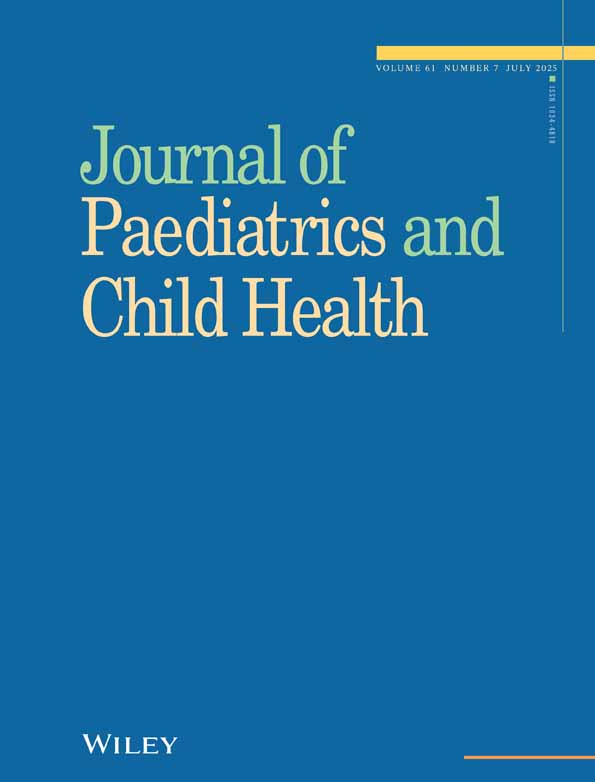Clostridium botulinum and sudden infant death syndrome: A 10 year prospective study
R. W. Byard, BMedSci, MB, BS, CCFP, FCAP, FRCPC, Senior Consultant Histopathologist (ACH), Clinical Senior Lecturer (University of Adelaide). L Moore, BM, BS, FRCPA, Consultant Histopathologist (ACH), Clinical Tutor (U of A). A. J. Bourne, MB, BS, FRCPA, Director of Histopathology (ACH), Clinical Senior Lecturer (U of A). A. J. Lawrence, BSc, Hospital Scientist (ACH). P. N. Goldwater, BSc, MB, BS, FRACP, FRCPA, Senior Consultant Clinical Microbiologist (ACH).
Abstract
ABSTRACT It has been proposed that sudden and unexpected death in infants due to intestinal infection with Clostridium botulinum may mimic the clinicopathological features of sudden infant deathsyndrome. Between 3.3 and 3.8% of infants in some series have had this neurotoxin-producing bacterium isolated on faecal culture. Prospective screening of 248 infants presenting with the sudden infant death syndrome to the Adelaide Children's Hospital over a 10 year period from 1981to 1990 was conducted. Faecal samples were obtained from both small and large intestines and cultured specifically for C. botulinum. No samples were positive. The results of this study suggest that routine post-mortem culture of faeces for C. botulinum has been of limited use within the South Australian infant population over the last decade, and that occult botulism has not been a significant factor in the causation of sudden death.




